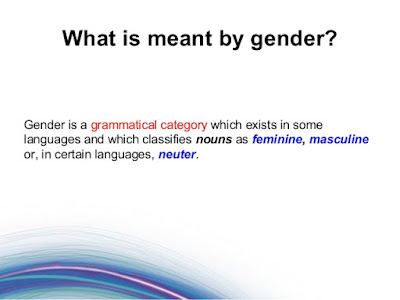Grammatical Gender in Ozen
Ozen came from languages that have no gender in their grammar. The (not so) long chain (as long as I can remember) is made up of some constructed languages I've been started along the last fifteen, sixteen, seventeen years. Namely: Amelic, Dousha, Domenaic, Szion, Likaone, Seylum, Varga, Alethia, Engi. None of these has gender in its grammar.
I'm about to say Ozen may from now on distinguish between concrete and abstract concepts using the grammatical gender. In other words, there are concrete nouns and also abstract nouns. The latter ones usually end in a vowel (mostly a), and the majority of the concrete end with consonant.
Concrete nouns:
kopus "cup"
kurabo "crab"
tebbol "table"
tegul "roof tile"
šer "chair"
Abstract nouns:
abasta "abundance, richness"
adotisa "adoption"
jume "dream"
kiseki "miracle"
koražo "bravery"
Probably, verb conjugations may be influenced by some slight changes in the desinences to reflect the abstract gender, when using an abstract noun as a subject.
Well, that's all for now. Bye~


In a few words, concrete nouns are those describing things could be drawn as single objects. Table, chair, house, a person... Also neighbors, cities, countries, continents, planets. In most languages, these would be masculine in majority.
ResponderExcluirAbstract nouns describe things like concepts, feelings, actions and so on, which in most languages would be considered feminine nouns.
Preternatural and supernatural things are considered concrete. In some languages (German??), these usually be neuter.